Why?
A while after ALO Audio released the CDM (DAC+Amp) people started asking if there would be an amp only version of the CDM. While the CDM is a great sounding DAC/Amp combo I personally also found the amplification part to outperform the DAC part and I clearly wasn’t the only one. That got ALO Audio and Vinnie (the creator of the amp) thinking and it finally led to the CV5. With the CV5 ALO Audio aims for a sound signature that is a mix between that of the CDM and their RX. ALO has been very open in their communication around the CV5 and everything has been discussed in detail on Head-Fi.
Vinnie nicely summed up why they created the CV5 after the CDM and what were their goals:
– Much smaller size.
– One dual-triode tube, ran in stereo instead of two tubes like the CDM.
– Cool running (the CDM as mentioned could get really hot, especially in DAC mode)
– Easy changeable tube (like the CDM), for tube rolling fun
– 8+ hour play time
– Hi / Low gain switch to work comfortably with different sources and a wide range of IEMs /
– USB charging (something a lot of us miss on the CDM)
– Low battery indication and battery charging status on the rear panel (just like the Rx)
– SE in, SE out (like the Rx, unlike the fully balanced CDM)
– Very low noise / microphonics for a triode-based amp
– No turn ON/OFF pops with a 20 second turn ON delay (muted output) to allow tube to warm up
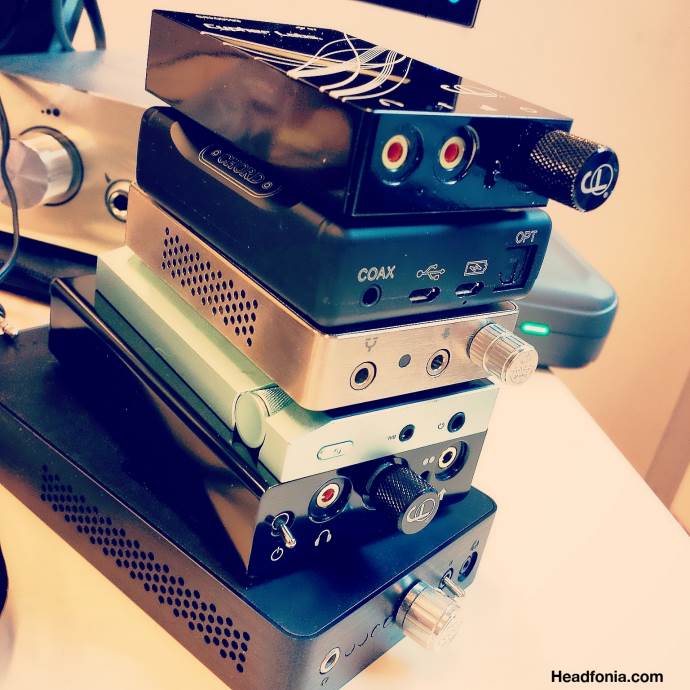
For me
The little RX sounds great but for me personally there’s a little too much gain for IEMs and it isn’t the quietest of amps with my sensitive customs. The new Continental V5 is almost quiet and works a whole lot better gain wise with my monitors. The CDM is a fully balanced device with a 2.5mm in- and output and I absolutely prefer its sound in that exact mode, preferable with an AK as source (balanced Line Out). I would like to have seen a fully balanced CV5 but I guess it was too hard to implement. At the same time that does leave room for a balanced Rev 2 version. One can dream, no?
Something else that makes the CDM harder to use as a portable device is the heat it produces, especially in DAC mode. The new Continental V5 runs a lot cooler which makes it more portable. It will run a little hotter depending on the tube used though (like the 6832) but it won’t be anywhere near the CDM levels.
“Popping” is something a lot of people don’t like to hear when turning the amplifier on and off with the headphones connected and I can say the CV5 is completely quiet when turning on. It uses a 20 second turn on delay (muted output) to allow the tube to warm up and it will immediately give you the “full sound experience”. When turning off the unit I still get a little pop though.
Tube Powered
The Continental V5 uses the same tube type the CDM does and since the 6111 is a dual triode tube, the left and right channels share the same vacuum tube without issue. The 6111 tube types (and all compatible tubes) use the same 8-pin socket as inside the CDM which means you can use just one of your CDM’s dual triode tubes to roll in the CV5. It’s plug and play, in theory.
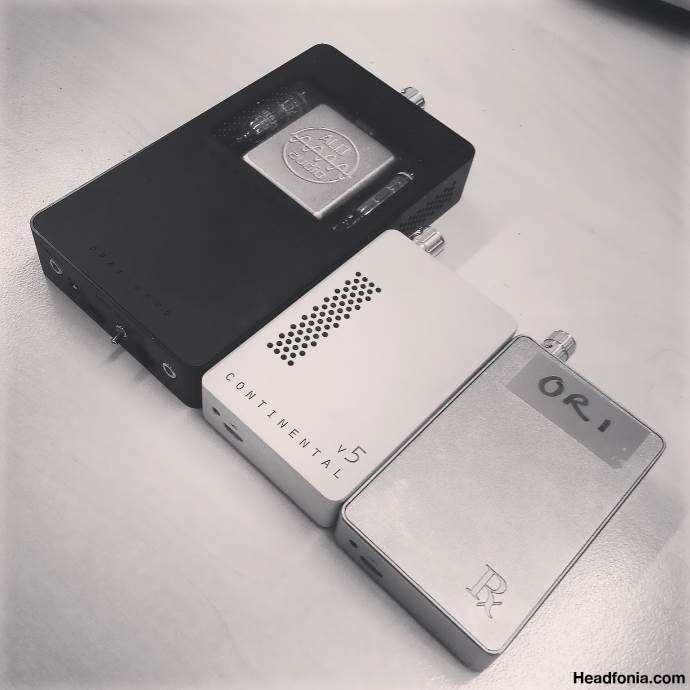
I really like the fact that ALO Audio integrated a 20 second mute circuit for tube warm up (blue LED ON during warm up). The CV5 sounds best after about 30 minutes of listening. Those who have been reading Headfonia for a while now know we did an extended tube roll article on the CDM’s tubes and as such we have all the tubes to roll in the CV5 as well. The tubes we’ll be looking at in a separate Tube Rolling CV5 article, besides the stock 6111 tube, are the Raytheon 6832, Sylvania 6111WA, Mullard 6112, Motorola 6BF7, Raytheon 6111, Raytheon 6BF7, GE 6021, Sylvania 6021 Brown Label and Sylvania 6021W Green label. But there are a whole lot of other tubes available.
The two most popular tubes for the CDM are the 6112 Mullard and the Single Triode Sonotone, but those last ones can’t be used in the CV5. The recommended tube upgrade by ALO is the 6832 Raytheon. In practice, changing the tubes in the CV5 isn’t as easy as with the more accessible CDM. The C5V print plate is harder to get out of and back in the case and the first time changing a tube is well, tough. The 6111 has little room to work with and ALO used two layers of double sided tape to make sure the 6111 doesn’t get loose. After disconnecting the power, the tube wouldn’t budge at all so I used a sharp knife to separate the tube from the tape (be careful). Once that was done, it allowed me to remove the original tube. I then cut off a layer of the tape and it now lets me swap the tube without too much hassle. Oh and to open the case, you’ll need the CDM’s screwdriver, so don’t lose it. I didn’t have any issues putting the CV5 back together with everything nicely lining up but I a friend of mine wasn’t so lucky and it took him a while to get everything back into his case with especially the LED at the back not lining up.
Sound
With the CV5 ALO Audio aims for a sound signature that is a mix between that of the CDM and their RX and the result is exactly that. These impressions are done with the stock tube unless mentioned differently.
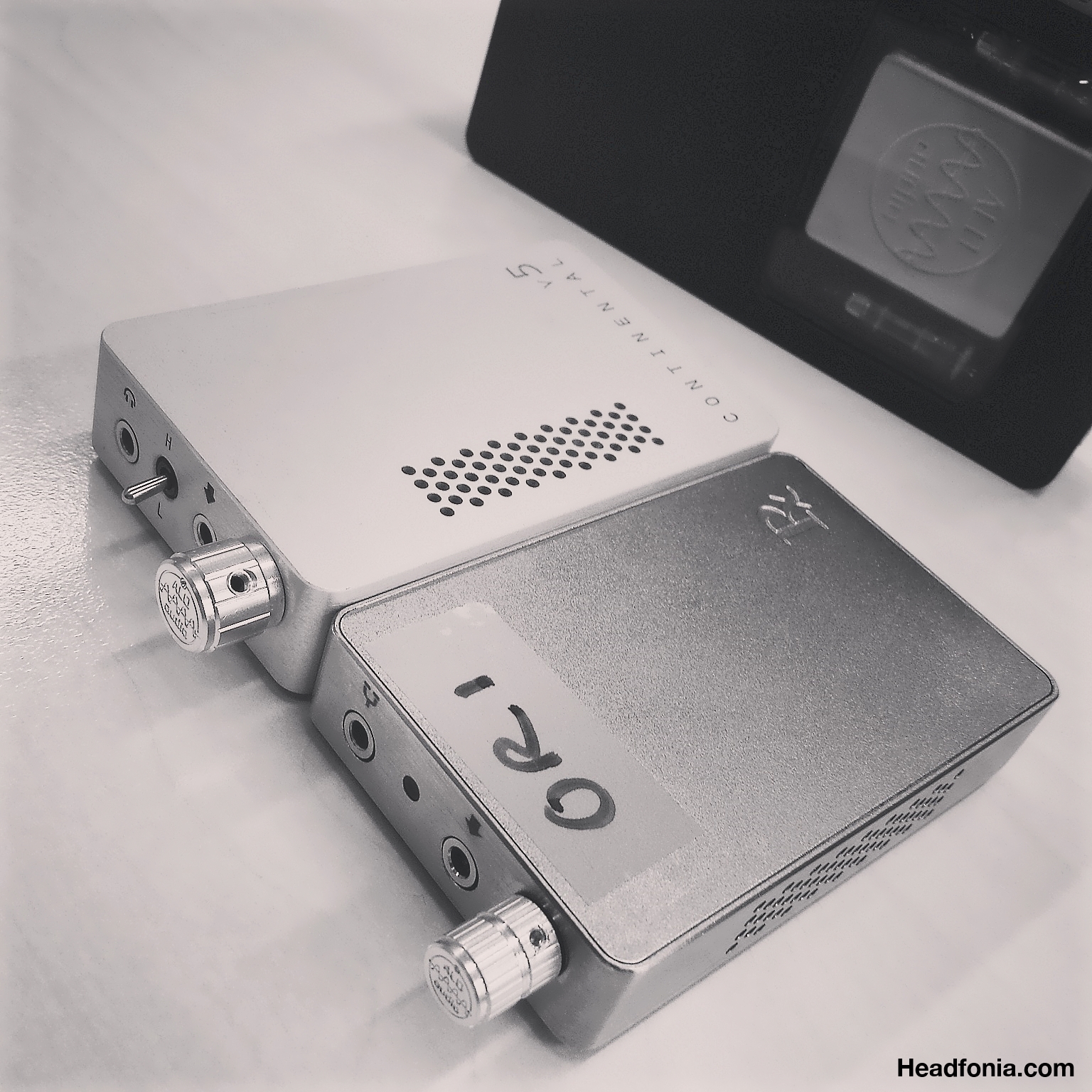
The Continental V5 is dead silent with all my full sized headphones I tried it with but there’s a little bit of background noise with sensitive inear monitors like the Custom Art 8.2 but you’ll never hear it when music is playing. The volume pot is quiet and there is no channel imbalance at low volumes, not even with the before mentioned monitors. Concerning RFI, I didn’t experience any more or less than on the RX. For me this hasn’t been a real problem.
Sound continues on Page 3, right after the click HERE





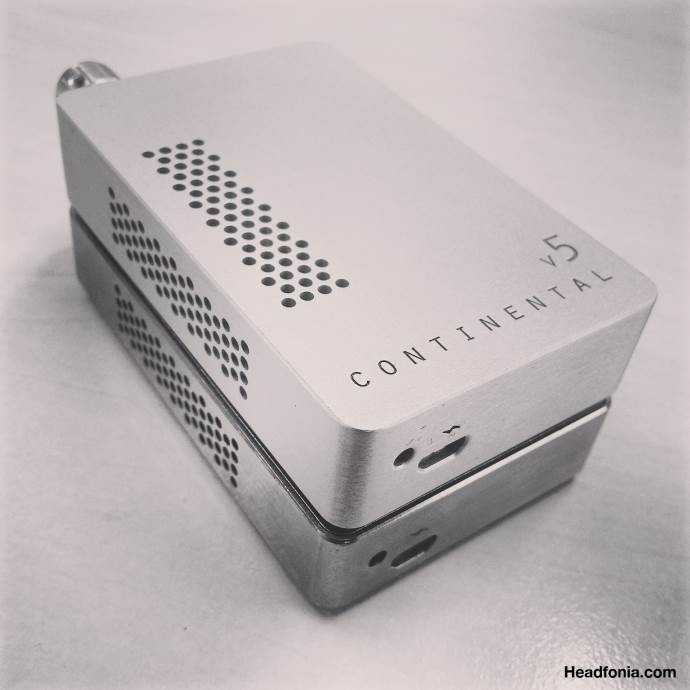
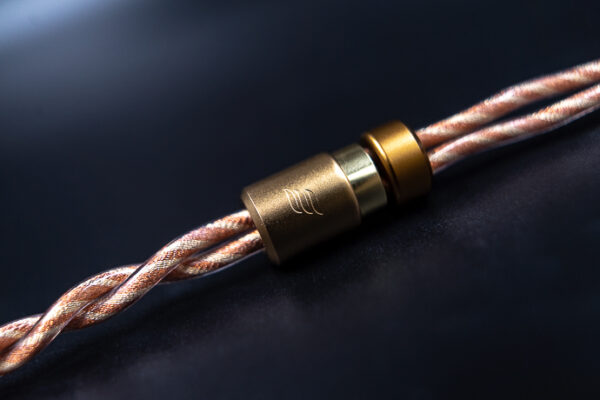
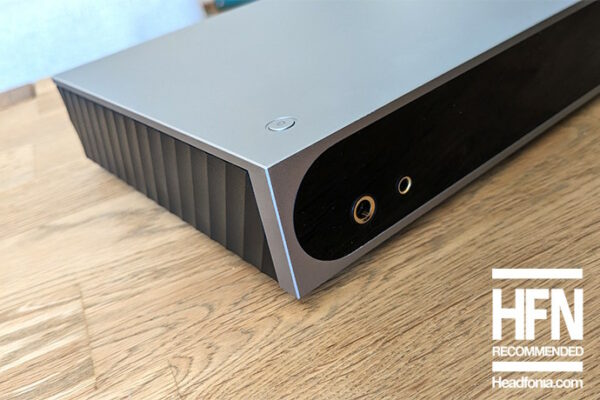
JohnC
Thanks for the review – been waiting for it before buying (or not). How would you compare your i5 DAP (or AK70) + mojo + CV5 to just the DAP + CV5?
Barun C
Nice review Lieven. Well said in the end, cause to me $599 with pre order of $499 would have been a sweet spot as well, but Portable Headphone Amps now have become passé, personally speaking, since the improvement of one stop solution DAPs (E.G. QP 1R, LPG).
Anyway, seems this will be in the league of Vorzüge Pure II & Portaphile 627X.
dale thorn
Would those one-stop-solution DAPs include a flexible Parametric Equalizer (you choose the frequencies and bandwidths)?
Barun C
I believe, LPG has parametric EQ. Not for the QP1R though, I have been requesting Questyle, to introduce the same along with letter wise scrolling, it might take some time,the FW is very basic and uses the linux platform.
It recently got USB DAC functionality. They have introduced features asked by users since the release in each FW update, which is a good thing, but I’ll be honest, I have not touched the EQ since the day I got the QP1R, and I have been using it for more than a year now, sound is its core competency and it excels at it better than any DAP or portable combos I’ve used, FW wise it is primitive.
Mateo
I would like to know how the hd599 compared with he400s …
Lieven
Give me 2 weeks
Gr8soundz
How would you rate the CV5 against the Fostex HP-V1?
Lieven
I don’t have the Fostex, sorry
John Hospod
How does it compare with the Portaphile 627X?